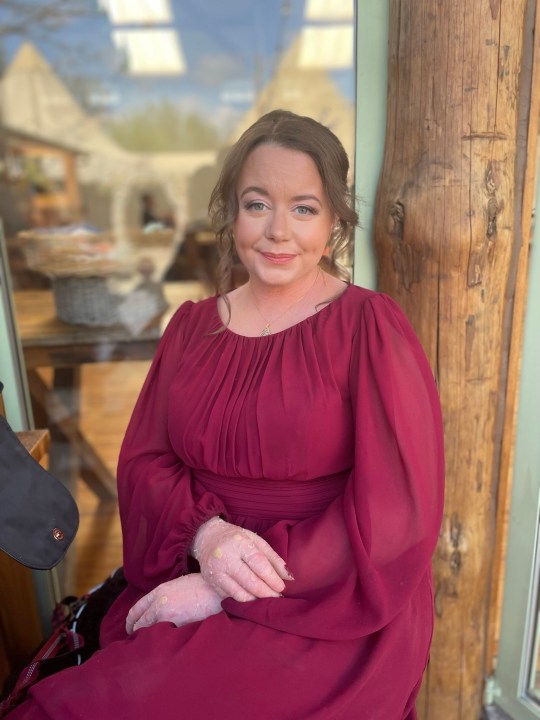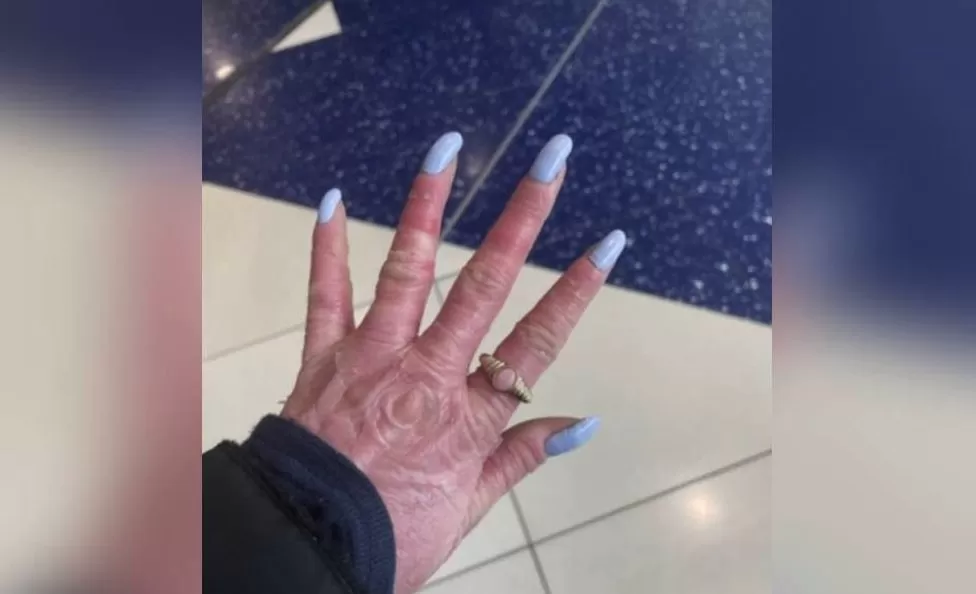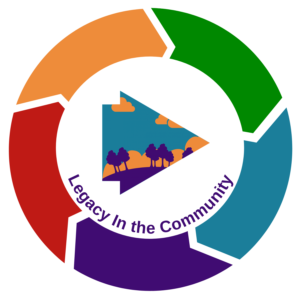Jeans for Genes Week 18 – 24 September

To live with a rare, genetic condition that has no current cure is to be your own doctor. This is a reality faced by so many who have rare conditions. When I was born, it looked like I was wearing gloves and socks – a telltale sign of where my condition would affect me the most! However, later, it was apparent that something was amiss. My skin started to come away, leaving me raw and unable to be held by anyone. A brilliant doctor diagnosed me with Ichthyosis, giving my family the answers that they needed.
Ichthyosis is a family of rare skin conditions that affect the keratin on the skin. It ranges in severity, from Harlequin Ichthyosis to X-Linked Ichthyosis. I was diagnosed with Epidermolytic Hyperkeratosis (EI, previously known as EHK) at birth, affected by a suspected KRT1 genetic mutation. EI, in layman’s terms, causes the skin to grow at an extraordinary rate compared to someone unaffected. It causes thick scaling, infections, severe blistering, and presents issues with ears, eyes, and general mobility.
Most people with EI who have particular problems with blistering like myself use wheelchairs to ease them, and experience trouble with balance as toes can present deformations.

Social encounters with a rare skin condition have always been interesting. For instance, when I lived in university halls, a warden came into the flat that I shared with friends for just a general check-in. However, he noticed my hands and immediately started to tell me about his experience with psoriasis. I listened, but I told him that I do not have psoriasis, I have Ichthyosis.
This person simply did not hear me – I was told to go to the Caribbean (the hot weather worked wonders for him; it cleared his skin up immediately).
This put me in an awkward position. How do I tell a person, who is so adamant that he has a cure for what I explained is an incurable condition, that visiting a country that hot would be an issue as my skin does not allow me to sweat in an ordinary way?
It is exhausting, to say the least, to remain patient and polite in such situations. Yet, many people with disabilities or long-term health conditions have been taught to do just that – be kind in the face of ignorance. It is right to assume that other people do not know any better, as you may be the first person with this skin condition that they have come across. Just yesterday, I noticed a shopkeeper looking at my hands. When she returned my purchase and my receipt, she put it on the counter, despite my hand being outstretched. I wasn’t offended by that, but it is nonetheless a lonely experience and can be a constant reminder that you look ‘different’.

However, I do love answering questions about my condition that are sincere. Raising awareness is key, and inclusive integration and learning in schools is the stepping stone to ensuring that children and young people are accustomed to people who may look different due to their genes.
There are major strides currently happening in the world of genetic research, especially for EI. Currently, the EI Cure Project have been tirelessly fundraising for PhD students to research gene-editing therapies for people with EI, this being a global and community effort to find a cure or ease the impact of EI Ichthyosis. If you would like to learn more about Ichthyosis or suspect that you may have some form of this condition, then please visit the following organisations:


